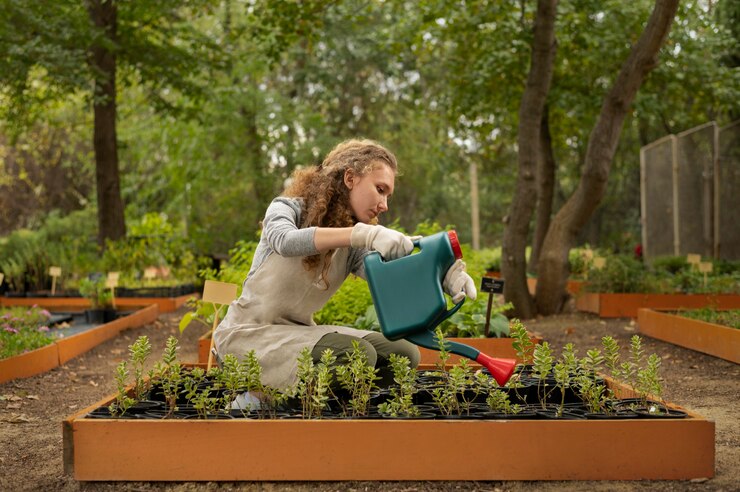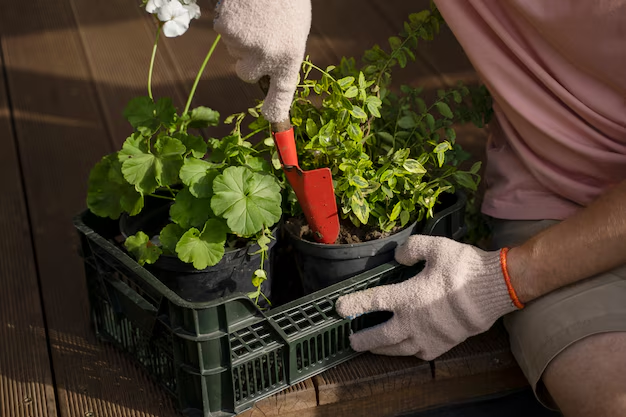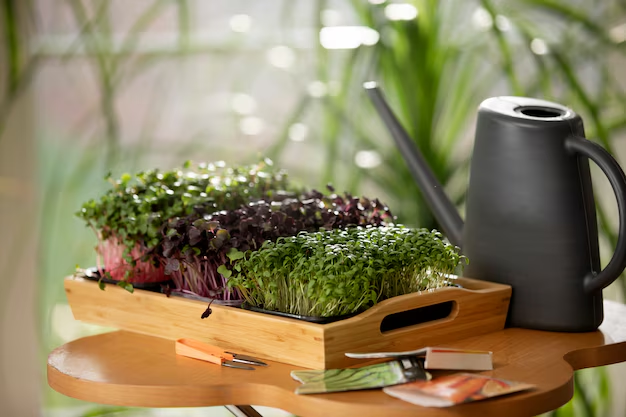
Gardening Ideas for Edible Gardens: Growing Your Own Food
Fresh, home-grown food is a fun and satisfying hobby that can be achieved through gardening. Moreover, you can turn your backyard into a fertile haven and harvest delicious fruits, veggies, and herbs by planting an edible garden. Thus, these inventive gardening ideas will help you cultivate your own food and get the rewards of having fresh, organic stuff in your backyard.

Select the Appropriate Site.
Choosing the correct spot for your edible garden is crucial to its success. The majority of food plants need six hours or more of sunlight each day. Select a location with adequate soil drainage and lots of sunlight. Thus, to maximize your growing area if you are space-constrained, think about container gardening or vertical gardening.
Gardening Ideas :Choose Easy-to-Grow Plants First.
Choose easy-care plants to begin with if you’re new to gardening. Tomatoes, lettuce, herbs, and sprouts are a few choices that are suitable for beginners. These plants yield a speedy and satisfying crop in addition to being easy to grow. You can add more difficult plants to your garden, including berries, peppers, and cucumbers, as your confidence grows.
Use Quality Soil and Compost.
A flourishing garden starts with healthy soil. As invest in top-notch soil that is nutrient- and organic matter-rich. Composting your soil strengthens its structure, increases its fertility, and encourages the growth of healthy plants. Making your own compost that is rich in nutrients is a great way to use leftover food scraps and yard debris.
Put Companion Planting into Practice.
A gardening practice known as companion planting involves growing specific plants next to one another for mutual benefit. For instance, growing basil close to tomatoes can attract bugs and improve tomato flavor. Marigolds have the ability to both attract and repel beneficial insects. Because investigate companion planting combinations to maximize your food garden’s health and yield.
Gardening Ideas :Rotate your crops.
Crop rotation is moving crops every season to avoid depleting the soil and lower the chance of pests and illnesses. You may make sure that no one plant kind depletes the soil of any particular nutrients by rotating your crops. So this method encourages an additional diverse ecosystem in your garden and aids in maintaining soil fertility.
Water Wisely.
Watering your plants correctly is essential to their health. To reduce evaporation, water your garden early in the morning or late at night. Water waste can be minimized by applying water directly to the roots using a drip irrigation system or soaker hose. As mulching the area around your plants will help them stay moist longer and require less frequent watering.
Incorporate Edible Flowers.
Culinary flowers not only brighten your landscape with color and beauty, but they also improve the presentation of your food. Hence Calendula, pansies, and nasturtiums are easy-to-grow flowers that work well as garnishes for salads and desserts. Than your garden will become more colorful and diverse when you include edible flowers.
5 Tips and Tricks For Growing Your Own Food.
- Plan Your Garden Layout.
2.Prepare Nutrient-Rich Soil.
3. Choose the Right Plants.
4. implement Watering Techniques.
5. Practice Organic Pest Control.

Conclusion:
Cultivating food gardens not only yields wholesome, fresh produce but also strengthens ties to the natural world and advances sustainability.” SO Savor the satisfaction of gathering your own produce all year long.